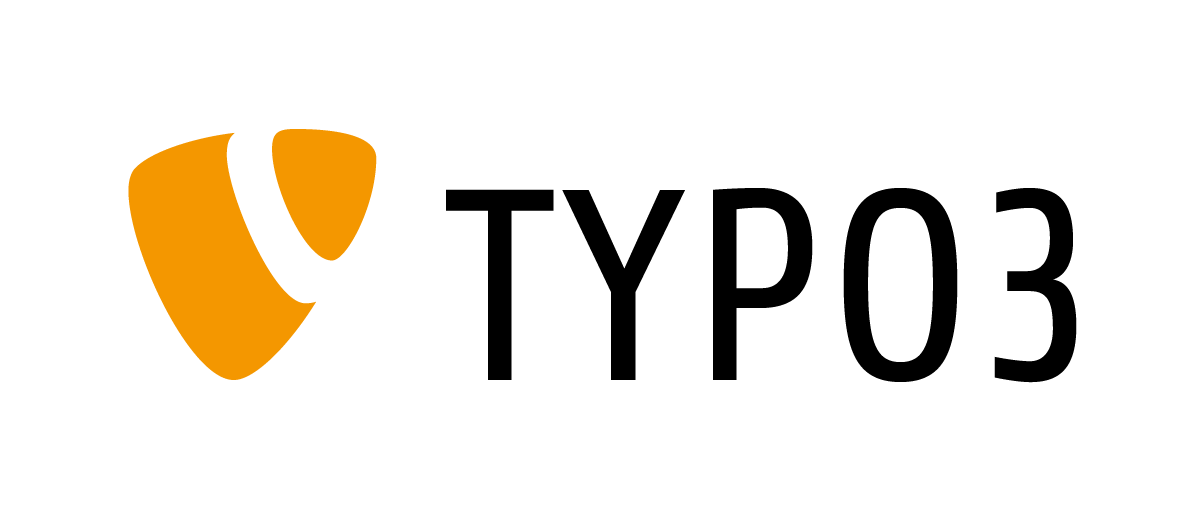TYPO3: The Versatile Content Management System for Modern Websites
Introduction
TYPO3 is a powerful, open-source content management system (CMS) designed to cater to a wide range of website needs, from simple blogs to complex enterprise solutions. Known for its flexibility, scalability, and extensive features, TYPO3 has become a popular choice for developers and organizations seeking a robust platform for managing digital content. This article explores the core features, benefits, and use cases of TYPO3, highlighting its role in modern web development.
What is TYPO3?
- Overview:
- TYPO3 is a free, open-source CMS that allows users to create, manage, and publish content on websites with ease. It was first released in 1998 and has since evolved into a versatile platform used by organizations of all sizes around the world.
- Architecture:
- Modular Design: TYPO3 is built on a modular architecture, allowing users to extend its functionality with a wide range of extensions and plugins. This modularity makes TYPO3 highly customizable and adaptable to various needs.
- Flexible Content Management: The CMS supports various content types and structures, enabling users to create complex page layouts and manage content efficiently.
Core Features of TYPO3
- User-Friendly Interface:
- Backend Interface: TYPO3’s backend interface is designed to be intuitive and user-friendly. It provides a clear structure for managing content, with drag-and-drop functionality and customizable views.
- Frontend Editing: TYPO3 offers frontend editing capabilities, allowing users to make changes directly on the live website. This feature enhances productivity and simplifies content updates.
- Content Management:
- Page Tree: TYPO3 uses a hierarchical page tree to organize content. This structure helps users manage and navigate through different sections of their website efficiently.
- Content Elements: The CMS provides a variety of content elements, such as text, images, videos, and forms, which can be easily added and configured on pages.
- Customization and Extensions:
- Extensions: TYPO3 supports a vast ecosystem of extensions and plugins that add functionality and features to the CMS. Users can choose from thousands of available extensions to customize their websites.
- Templating: TYPO3 allows for advanced templating and theming, enabling users to create unique designs and layouts. The system supports fluid templates and TYPO3’s own templating engine.
- Multi-Language and Localization:
- Language Support: TYPO3 offers robust support for multi-language websites, making it an ideal choice for organizations with a global audience. Users can manage translations and localized content efficiently.
- Localization: The CMS includes tools for managing localized versions of content and adapting websites for different regions and languages.
- User Management and Permissions:
- Access Control: TYPO3 provides comprehensive user management and access control features. Administrators can set permissions and roles for different users, ensuring secure and controlled access to content and functionalities.
- Workflow Management: The CMS supports workflow management, allowing users to define content approval processes and track changes.
- Performance and Scalability:
- Caching: TYPO3 includes built-in caching mechanisms to enhance performance and reduce server load. This feature helps improve page load times and overall user experience.
- Scalability: The CMS is designed to scale with the needs of growing websites and organizations. It can handle large volumes of content and high traffic levels efficiently.
Benefits of Using TYPO3
- Flexibility:
- TYPO3’s modular architecture and extensive extension ecosystem offer unparalleled flexibility. Users can tailor the CMS to meet specific requirements and integrate with other systems.
- Security:
- TYPO3 places a strong emphasis on security, with regular updates and a focus on best practices. The CMS includes features for secure user authentication and data protection.
- Community and Support:
- Active Community: TYPO3 has a vibrant and active community of developers, users, and contributors. This community provides valuable support, resources, and updates for the CMS.
- Documentation: The CMS offers comprehensive documentation, including user guides, developer resources, and tutorials to assist users in getting the most out of TYPO3.
- Cost-Effectiveness:
- As an open-source CMS, TYPO3 is free to use, which makes it a cost-effective solution for organizations looking to build and manage websites without incurring licensing fees.
Use Cases and Applications
- Corporate Websites:
- TYPO3 is well-suited for corporate websites that require complex content structures, multi-language support, and integration with enterprise systems.
- Government and Public Sector:
- The CMS is used by government agencies and public sector organizations for its scalability, security, and ability to handle large volumes of content.
- Educational Institutions:
- TYPO3 is employed by educational institutions for managing course content, student portals, and institutional websites.
- E-Commerce:
- With the help of extensions, TYPO3 can be adapted for e-commerce applications, providing features for product management, online sales, and customer interactions.
Conclusion
TYPO3 is a powerful and versatile content management system that meets the needs of a wide range of website projects. Its flexibility, robust features, and strong community support make it an excellent choice for organizations seeking a comprehensive and scalable CMS solution.




